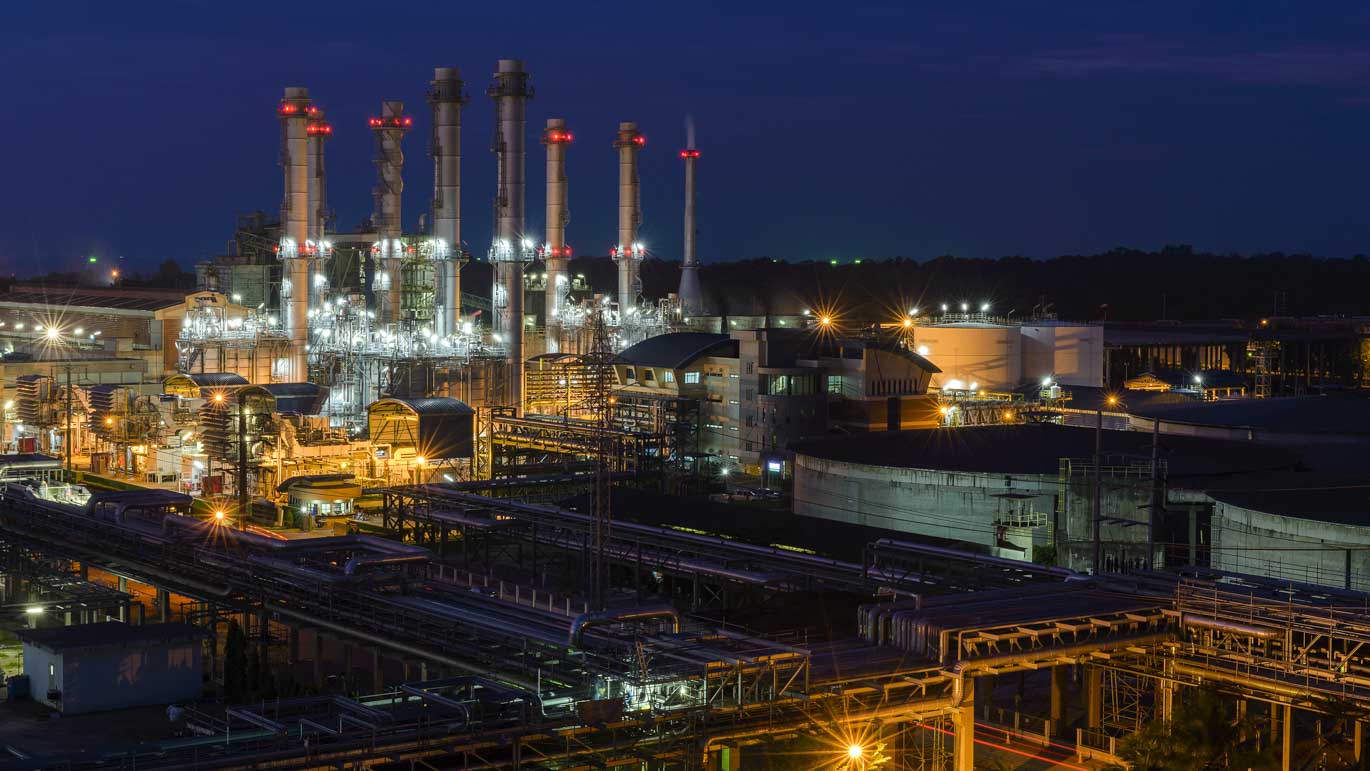A strong Owner team, real-world accountabilities and a backup plan can help ensure success.
The success of every megaproject rests in large measure on the performance of contractors and the strength of the contracts that bind them to the project. Unfortunately, outsourcing work does not always mean the work is covered: contracting companies need robust supervision, strong accountabilities and — when all else fails — backup.
Here are three simple, effective strategies for improving your resource contracting process when embarking on a megaproject.
1 | Gain a competitive advantage with a well-staffed Owner team
The owner project organization forms the core of the project execution team. Even if there are dozens of contracting companies and hundreds or thousands of people working for them, the beating heart of the project remains in the Owner organization. The stronger your core team, the better your project will run.
Think of a megaproject like a car. The core is the engine, where fuel combustion takes place and energy is converted into motion. The other components of the vehicle are critical — it can’t go anywhere without wheels, and the driver can’t see without windshield wipers — but all of the forward motion begins with the engine. The same principle applies to megaprojects: Without a strong core team, nobody’s going anywhere.
When the Owner team is not well-staffed, and there hasn’t been a strong investment in the capacity of the Owner team to direct and deliver the required forward motion, then the contractors will fail. Gain a competitive advantage by investing in your Owner team, and you’ll see positive results through the entire project life cycle.
2 | Double up your high-level management team
Too often, Owner teams assume that because they spoke with the contractor’s A-team during initial talks with a contractor company, that means that they’ll have sustained access to these high-caliber professionals throughout the project life cycle. Nothing could be further from the truth.
Contracting companies leverage their best team members to secure new business and direct implementation, but very rarely will these professionals remain responsible for day-to-day work. on ongoing projects. Rote work will almost certainly be passed off to juniors, who are educated but lack experience; more sophisticated and nuanced work will go to mid-career professionals with some project experience and successes under their belts. The seasoned, highly skilled heavy-hitters will only come in to set the course and handle major problems. They’re also more likely to leave the contractor company to pursue new opportunities.
All of this introduces risk, but there is a simple way to mitigate that risk: For every high-level expert coming out of a contractor team, hire a similarly positioned expert on the Owner team. Alternatively, hire a second contractor at the same level. Duplication introduces risks of its own, of course, but it is by far the most effective way to mitigate against the loss of key personnel, thus the loss of key knowledge.
Pro Tip: Some megaproject Owner organizations use two project managers, one to represent the Owner team, and one to represent the contractor team. This establishes a more reasonable workload for project managers on megaprojects, provides a buffer if one of those key people leaves and helps distribute the accountabilities in relationship to Business and execution teams.
3 | Establish a strong foundation for accountabilities
Never assume that employees systematically understand their roles and responsibilities. The capital project ecosystem is complex, and never more so than on a megaproject. If you’re hiring good people, they’ve got experience on other projects, and they’ll make assumptions and decisions based on the accountabilities and their experience on previous projects. Clear expectations are key.
It’s absolutely critical that each new hire understands where they fit in the project hierarchy, what they are expected to achieve, by when, and how those achievements fit into the success of the overall project. The immensely important act of establishing clear employee accountabilities is often overlooked, likely because everyone involved thinks the answers are obvious. They’re not.
The solution? Host a “Roles & Responsibilities” workshop to figure out who will do what, then establish an accountability matrix that defines and charts deliverables over time. Make this document part of your live Project Execution Plan and revisit it occasionally to ensure it is still relevant. Most organizations we work with are surprised at the misunderstandings that surface during these workshops and the huge benefits to the team that result from clear collaboration interfaces.
Well-managed contractors with clear accountabilities and reliable backup constitute a set up for success. These three steps, taken together, will help drive positive progress on any capital megaproject.
Click here for more about megaprojects





